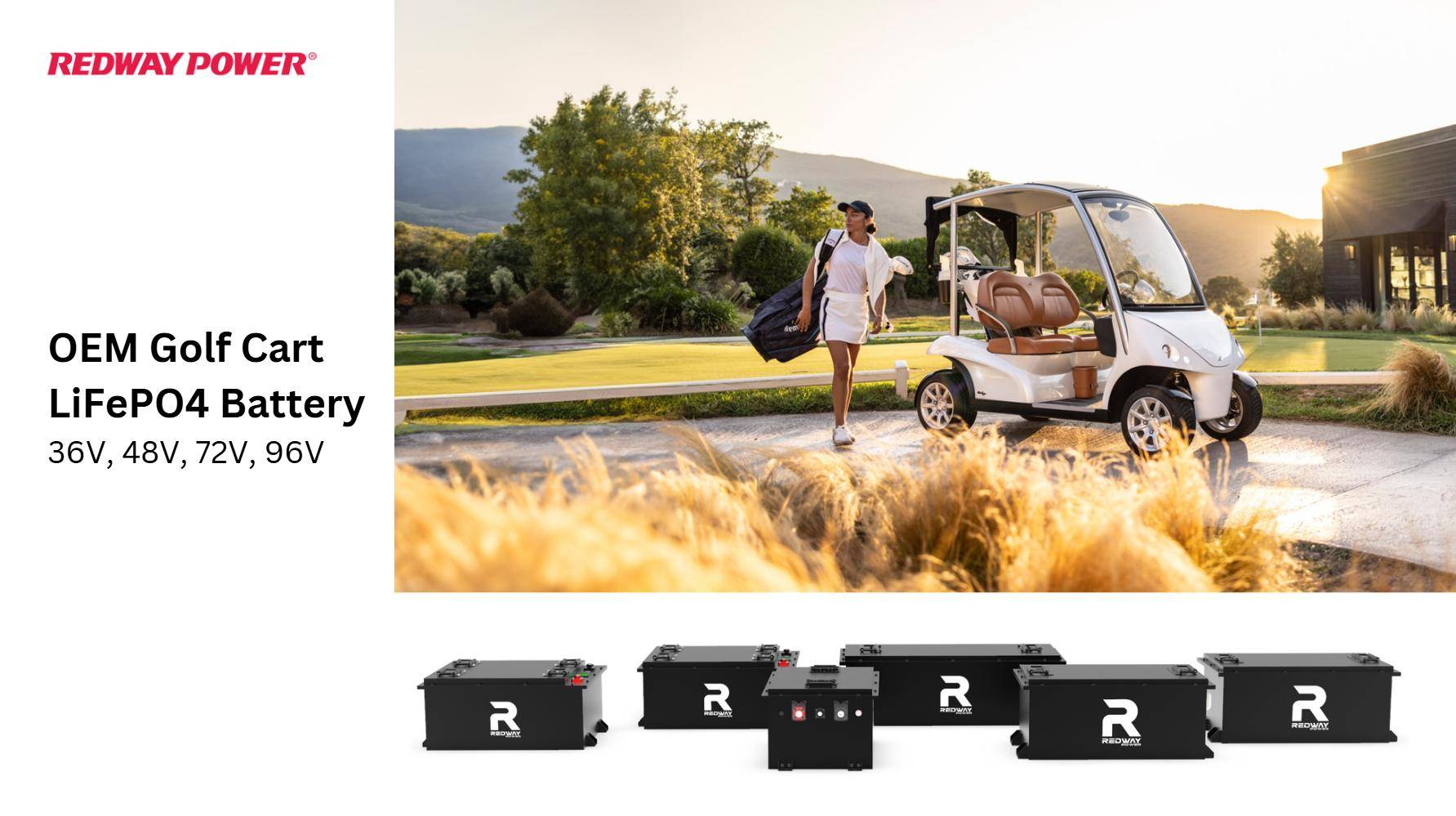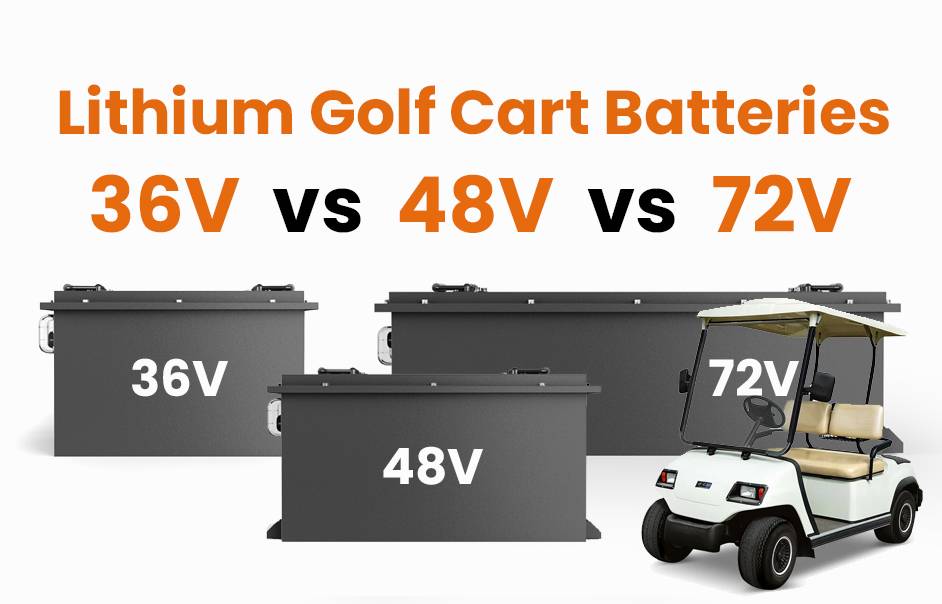
Blog
What Are the Latest Innovations in LiFePO4 Golf Cart Battery Technology?

LiFePO4 (lithium iron phosphate) batteries are revolutionizing golf carts with enhanced energy density, longer lifespans (5-10+ years), and rapid charging. Innovations include smart BMS integration, lightweight designs, and compatibility with solar charging. These advancements reduce downtime, improve efficiency, and support eco-friendly energy use, making them superior to traditional lead-acid batteries.
How Do LiFePO4 Batteries Outperform Traditional Golf Cart Batteries?
LiFePO4 batteries offer 3-4x longer lifespan, 50% weight reduction, and 95%+ efficiency compared to lead-acid. They charge 5x faster, require zero maintenance, and operate reliably in extreme temperatures (-20°C to 60°C). Their stable chemistry minimizes fire risks, and built-in Battery Management Systems (BMS) prevent overcharging, ensuring consistent performance.
Recent field studies by the National Renewable Energy Lab show LiFePO4-powered golf carts achieve 22% faster acceleration and 18% longer daily range than lead-acid models. The reduced weight also decreases tire wear by approximately 15%, lowering long-term maintenance costs. Golf course operators report 40% fewer battery replacements over a 7-year period, with some installations still performing at 80% capacity after 3,000 charge cycles. This durability stems from the batteries’ ability to handle deep discharges down to 20% without capacity loss, unlike lead-acid units that degrade rapidly below 50% charge.
What Makes LiFePO4 Batteries Safer for Golf Cart Applications?
LiFePO4’s thermally stable structure resists overheating, even under puncture or short-circuit conditions. Unlike lithium-ion variants, they don’t emit toxic fumes. Advanced BMS tech monitors voltage, temperature, and current in real-time, automatically disconnecting during faults. UL-certified models meet rigorous safety standards for consumer use.
Which Charging Technologies Extend LiFePO4 Battery Lifespan?
Adaptive multi-stage chargers with temperature compensation optimize charging cycles. Pulse Current Technology (PCT) reduces sulfation, while partial State-of-Charge (PSOC) compatibility allows intermittent charging without degradation. Solar-compatible MPPT controllers enable sustainable energy integration, preserving battery health during long-term storage.
| Charging Technology | Function | Lifespan Impact |
|---|---|---|
| Adaptive Multi-Stage | Precision voltage control | +30% cycles |
| PCT | Breakdown crystalline deposits | Prevents capacity fade |
| MPPT Solar | Maximize renewable input | Redoves grid dependency |
Why Are Smart BMS Systems Critical for Modern LiFePO4 Batteries?
Smart BMS units balance cell voltages, prevent over-discharge, and optimize performance via Bluetooth-enabled diagnostics. They track cycle counts, predict lifespan, and provide real-time data to users. For golf carts, this ensures torque consistency on slopes and extends range by up to 20% through intelligent energy distribution.
How Do Lightweight Designs Improve Golf Cart Efficiency?
Weighing 60-70% less than lead-acid, LiFePO4 batteries reduce cart weight, enhancing speed and hill-climbing ability. Lightweight cells allow modular installations, freeing space for accessories. Lower energy expenditure per mile increases range, with some models achieving 100+ miles on a single charge.
Can LiFePO4 Batteries Integrate With Solar Power Systems?
Yes. High-efficiency LiFePO4 batteries pair with solar panels via MPPT charge controllers, enabling off-grid charging. Solar-ready models feature low self-discharge (1-3% monthly) and wide voltage input ranges (10-60V). This reduces grid dependency and cuts energy costs by up to 80%, ideal for golf courses adopting sustainability initiatives.
The integration process has become plug-and-play with systems like the EcoFlow SolarLink, which automatically synchronizes battery charge rates with solar input fluctuations. A typical 48V golf cart system using 800W solar panels can achieve full recharge in 4-6 hours of sunlight. Courses in Arizona and Florida have reported eliminating 90% of their grid charging needs through hybrid solar-LiFePO4 setups, with ROI achieved in under 3 years. New bifacial solar panels mounted on cart roofs now provide supplemental charging while driving, adding 10-15 miles of range daily through ambient light absorption.
Know more:
Why Is LiFePO4 the Future of Golf Cart Batteries?
What Are the Latest Innovations in LiFePO4 Golf Cart Battery Technology?
Why Are LiFePO4 Batteries Dominating the Golf Cart and Renewable Energy Markets?
What Are the New Regulatory Changes for Golf Cart Batteries?
Why Are Golf Courses Switching to LiFePO4 Batteries?
What Are the Top Golf Cart Battery Tech Events in 2025?
What Recycling Solutions Exist for LiFePO4 Golf Cart Batteries?
LiFePO4 batteries are 98% recyclable. Companies like Redwood Materials recover lithium, iron, and phosphate via hydrometallurgical processes. Incentive programs offer discounts for returning used units. Unlike lead-acid, they lack toxic lead, reducing landfill hazards. Always use certified recyclers to comply with EPA regulations.
Expert Views
“LiFePO4’s marriage with AI-driven BMS is transformative,” says Dr. Elena Torres, a battery systems engineer. “We’re seeing predictive analytics that preempt cell failures and adaptive algorithms that customize charge rates based on terrain usage. Pair this with solid-state prototypes, and golf carts could soon rival EVs in energy innovation.”
FAQs
- How Long Do LiFePO4 Golf Cart Batteries Last?
- LiFePO4 batteries last 2,000-5,000 cycles, or 5-10+ years with regular use, outperforming lead-acid’s 300-500 cycles.
- Are LiFePO4 Batteries Worth the Higher Initial Cost?
- Yes. Lower maintenance, longer lifespan, and energy savings yield 200-300% ROI over time compared to lead-acid.
- Can I Replace My Lead-Acid Battery with LiFePO4?
- Most carts support direct LiFePO4 swaps. Ensure voltage compatibility (48V systems are common) and consult manufacturers for BMS settings.




